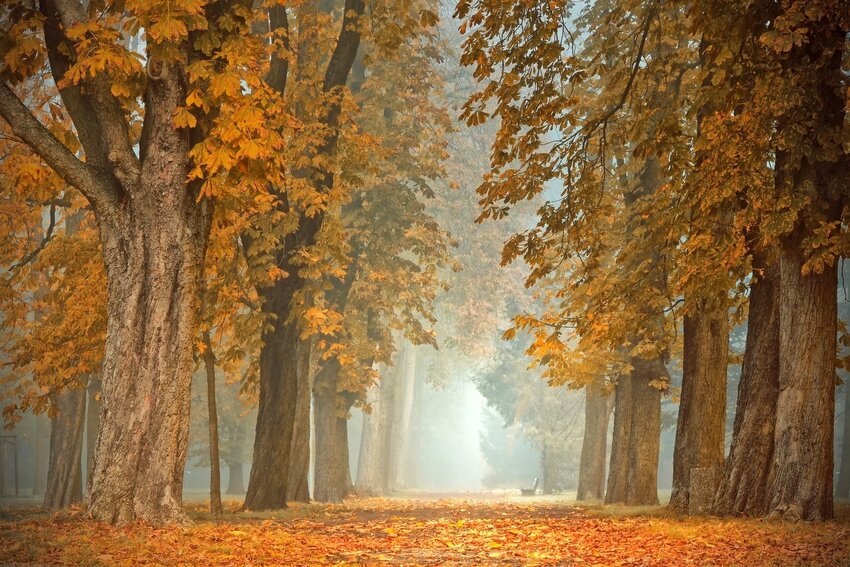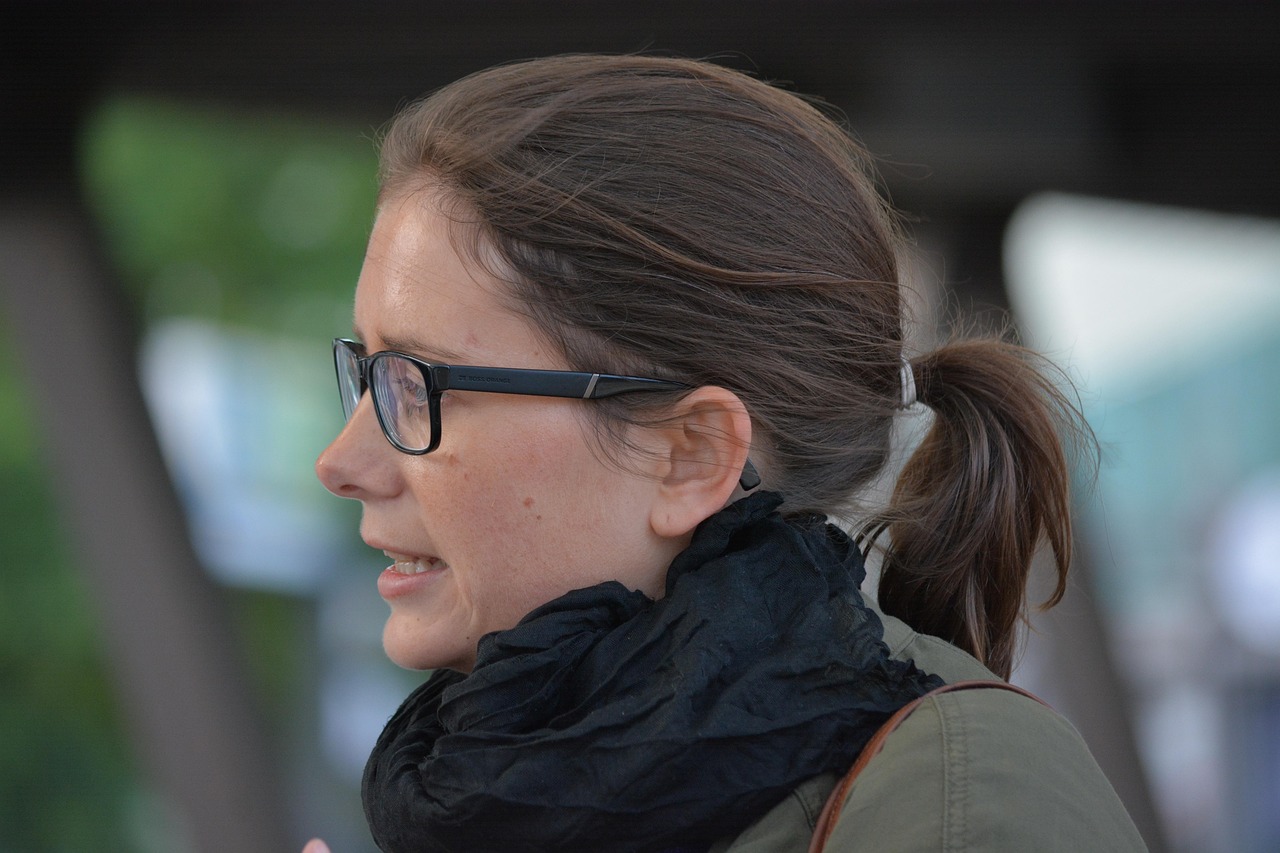What to Do When You Fall in Love with Your Friend: A Practical Guide
Emotional intimacy can happen with a platonic relationship or an intimate one. In some cases, you may start out as friends but then develop romantic...
4 min read
![]() Williamsburg Therapy Group
:
Dec 3, 2020 8:15:00 AM
Williamsburg Therapy Group
:
Dec 3, 2020 8:15:00 AM

Every year the seasons follow a beautiful and predictable rhythm. A blooming Spring becomes a sweltering Summer, and a colorful Fall gives way to Winter frost. Within each of these temporal phases we have occasions that mark them. Celebrating gives the year its structure and gives us things to collectively look forward to.
Winter is a contradiction. Short days and brutal cold also bring holidays, feast, and family. But even in normal circumstances, the post holiday winter droll causes negative changes in mood. Known as Seasonal Affective Disorder, with the all too fitting acronym SAD is very common. Affecting more than 5% of adults, Seasonal Affective Disorder shares many symptoms with depression. Low energy, poor, interrupted sleep, lack of motivation or interest in things you used to enjoy are among the most common. In certain cases SAD can present itself in more severe ways such as feelings of worthlessness and thoughts of suicide.
While we are all touched by winter blues to some extent, during a pandemic that has already been ongoing for months and months is another matter. As we approach our first pandemic Winter, a lot of us are wondering how we are going to make it through without the usual festivities. For some of us seasonal depression might hit harder. No matter our many and varied situations, we are still separated from our loved ones while staring ahead to the long and unknown months of formidable cold. In the wake of case surges and dwindling outdoor options, it is worth understanding how the season can negatively impact us as well as ways we can maneuver and manage isolating Winter conditions during this novel time.
What causes SAD?
SAD is a form of depression that occurs most commonly in the cold months. It has been linked to a biochemical imbalance in the brain prompted by shorter daylight hours and less sunlight in Winter. Like depression it causes changes in sleep, mood, energy, and like depression it affects a person’s ability to function productively in their lives. In 2005 the third Monday in January was given the name, “Blue Monday” for the saddest day of the year. With January typically having the least sunlight, lower temperatures, and with the holiday glow in the rearview, seasonal depression, while it can begin as early as November, typically peaks in the New Year.
While Blue Monday is not founded on actual data, there are several reasons why seasonal depression hits hardest from November-March. Reduced sunlight lowers serotonin, a neurotransmitter that regulates mood. Less light also offsets our bio-rhythm. This disruption, even slightly, causes shifts in mood. Darker days can throw us off our sleep cycles and lower motivation in the afternoons as the early night signals us to slow down. Melatonin, which is a hormone that regulates sleep patterns is triggered by darkness. In the short days of Winter this hormone increases in production further throwing us off balance as it relates to sleep quality and routine.
Methods to manage SAD
While symptoms will generally improve on their own with the change of season, symptoms can improve more quickly with treatment. Common treatment includes talk therapy, light therapy, antidepressants, or vitamin D supplements, or some combination of both. Phototherapy, or light therapy is helpful in mild cases. The extreme emanating light can be effective in lowering Melatonin production when used 20 minutes a day on a regular basis. However, it is important to keep in mind that if your seasonal depression is severe, light therapy may be more effective when combined with other SAD treatments.
With many of us thinking of SAD as temporary, we can think of it as less severe. In truth, any action toward improved health and well being, especially during difficult times should not be considered an indulgence. According to The National Institute of Mental Health, “In the United States, more than 16 million adults (6.7%) experience an episode of major depression each year” And with a peak of unhappy feeling occurring in the Winter, it is more important than ever to prioritize your mental and physical well being. Since we will undoubtedly be spending more time alone and indoors the next few months, below are a few ways to prepare for social distance in the winter.
Keep to a routine. During any difficult period, it is always important to give ourselves some grace. This includes allowing ourselves permission to do things differently. However, if you are having trouble with winter blues, don’t be so quick to abandon healthy habits. Regular things that are helpful in any time of year like exercise, sleeping regular and predictable hours are a helpful bedrock to wellness. Spend time outdoors frequently. Exercise and being in nature are both mood enhancing. Absorbing vitamin D and sunlight boosts energy which is helpful when the cold and dark naturally makes us more sluggish.
Stay connected. In the same vein of routine, keeping regular check ins with friends and family makes it easier to keep connections with loved ones. Having a standing facetime call builds structure and maintains communication. Relationships matter a great deal and spending time together is one of the main reasons the pandemic can take a toll this time of year. Lean into traditions and ways to celebrate that don’t involve large gatherings.
Curb excess screen time. Although more time indoors usually leads to more time on our devices, being mindful to the extent that we don’t overuse them is helpful for our overall physical and mental health. Excess screen use is linked to a decrease in physical movement and quality of sleep, as well as increased feelings of isolation. Limiting screens before bed is linked to better sleep, so when possible even going screen free an hour or two before bed is a significant adjustment. Taking screen breaks throughout the days is helpful too in managing fatigue
Acknowledge your feelings. If you are experiencing disappointment over the change in holidays this year, it is okay to voice it. Be realistic about what is possible during this time. Find ways to enjoy holidays and winter that are different from other years and embrace the difference. For some the holidays are a bustle with obligations and travel and overspending. Given the chance to spend them without those expectations, allows us the opportunity to explore new and creative ways to celebrate
Reach out for help if you need it. No matter if your feelings are temporary or enduring, if your depression becomes unmanageable seeking professional help is always an option. A professional can help you work through issues, stay grounded, and offer solutions that uniquely suit you.
The holiday during a pandemic is a universal first. But having a few tools can help prepare us for the months ahead. Beyond staying connected, healthy, and celebrating in the ways we can, there is always professional support. If you are experiencing seasonal depression, talk to your doctor or therapist to initiate the care you need.

Emotional intimacy can happen with a platonic relationship or an intimate one. In some cases, you may start out as friends but then develop romantic...

Some people are naturally assertive, understanding what they want and using their own abilities to ask for what they need. However, many lack...

Most people have days like that every now and then. Days where you may feel sluggish and unhappy, out of control, or dissatisfied with life. However,...